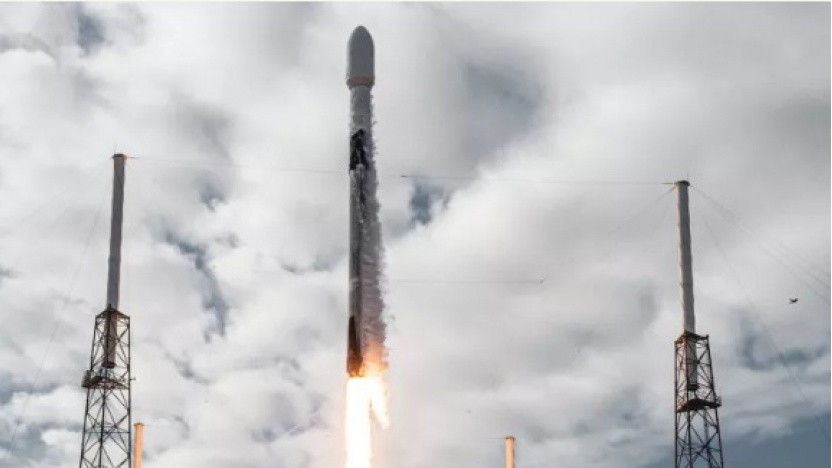
Introduction
The emergence of satellite internet services has become a significant topic in today’s digital age, and one of the most notable players in this sector is Starlink. Operated by SpaceX, Starlink aims to provide high-speed internet access to underserved areas across the globe. With the increasing reliance on digital connectivity, especially highlighted during the COVID-19 pandemic, the relevance of Starlink’s mission has amplified.
The Expansion of Starlink Services
Since its launch in 2018, Starlink has been rapidly expanding its constellation of satellites in low Earth orbit (LEO). As of October 2023, the service boasts over 4,000 satellites in orbit, with plans for thousands more. Thanks to this extensive network, Starlink is capable of delivering internet speeds ranging from 50 to 200 Mbps, with latency between 20 to 40 milliseconds. Customers in remote and rural areas, where traditional broadband options are limited or nonexistent, have reported life-changing experiences as they gain reliable internet connectivity.
Partnerships and Global Reach
Notably, Starlink has formed partnerships with various governments and organizations to extend its reach. For instance, in July 2023, SpaceX announced a collaboration with Canadian rural communities to facilitate internet access in regions where traditional infrastructures are lacking. This aligns with Canada’s ambition to provide every Canadian with high-speed internet by 2030, showcasing how Starlink technology can be pivotal in closing the digital divide.
Challenges and Future Prospects
Despite its promising prospects, Starlink faces scrutiny and challenges. Concerns related to space debris and its potential impact on astronomy continue to arise. Additionally, regulatory hurdles in some regions may impede expansion. However, the ongoing advancements in satellite technology, coupled with increasing investments from private and government sectors, suggest a bright future for Starlink. The anticipated launch of new satellites with improved capabilities could further enhance service quality, making quality internet accessible for millions worldwide.
Conclusion
Starlink is not just a technological innovation; it represents a significant shift in how we conceive of internet access across the globe. By bridging the connectivity gap for remote and underserved areas, Starlink has the potential to revolutionize how individuals engage with information, culture, and economic opportunities. As the service continues to develop and expand, it will likely play a crucial role in shaping communication infrastructure for the future. The significance of this venture reminds us of the critical need to prioritize equitable access to internet services as we advance into an increasingly interconnected world.






